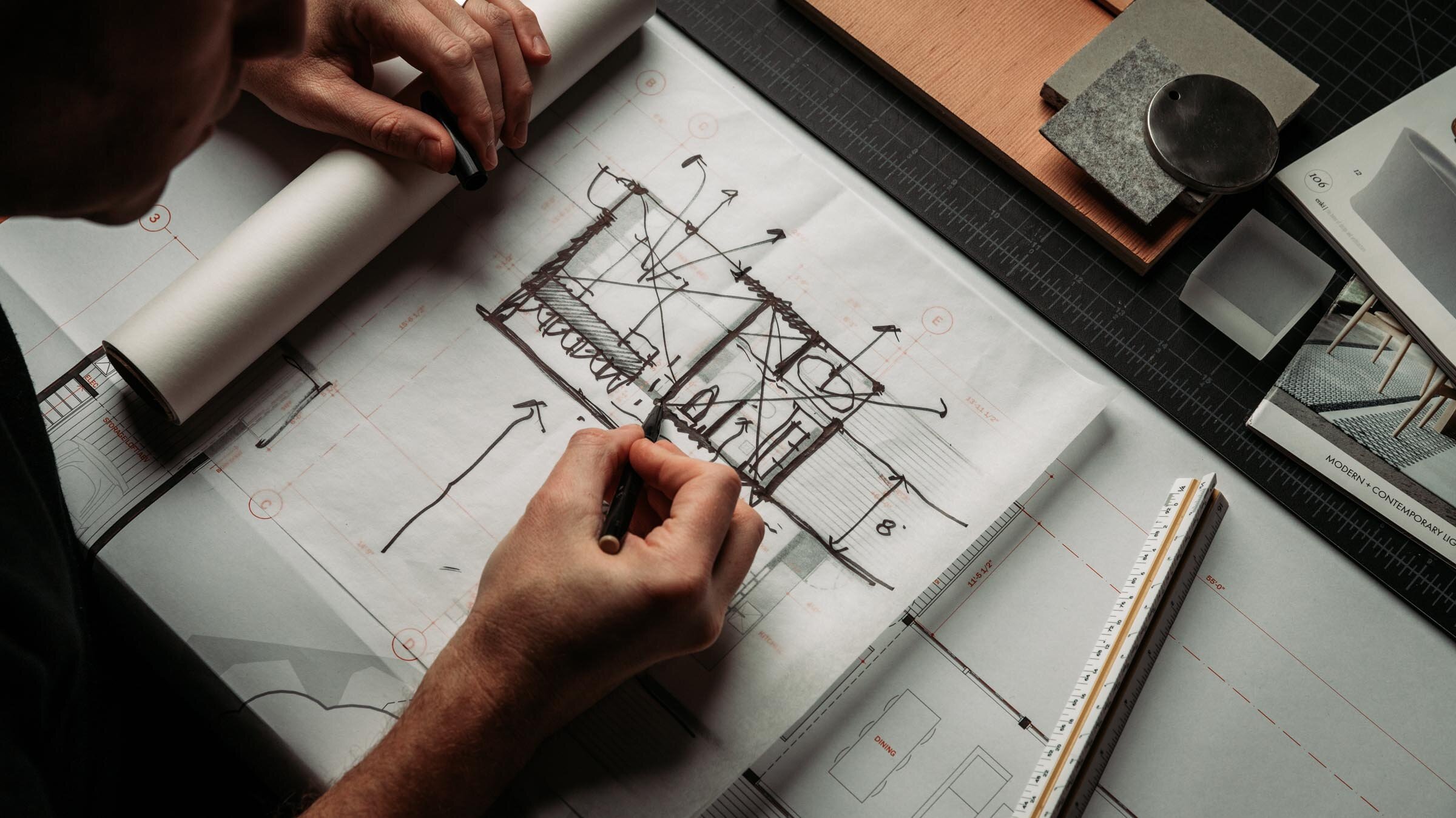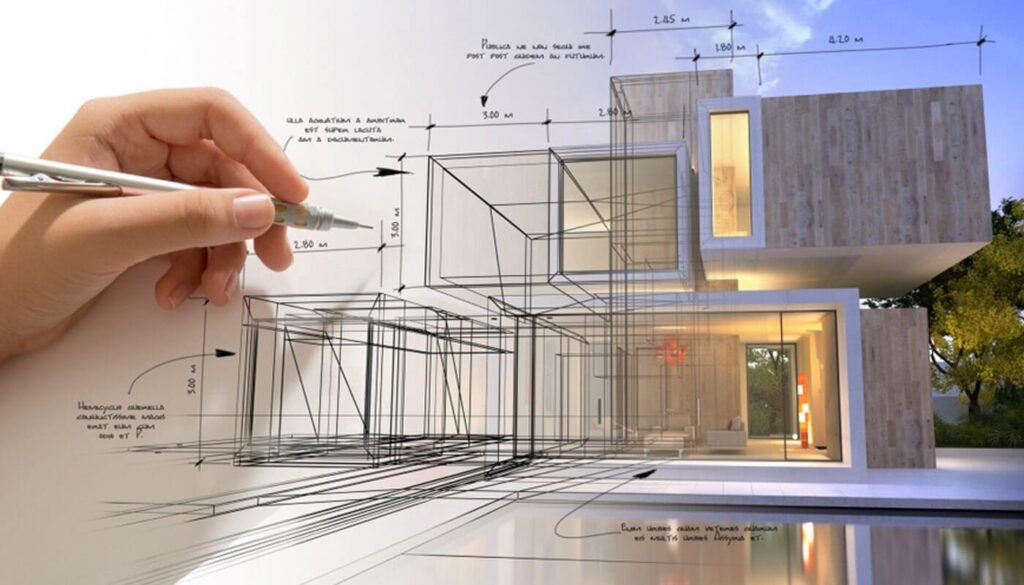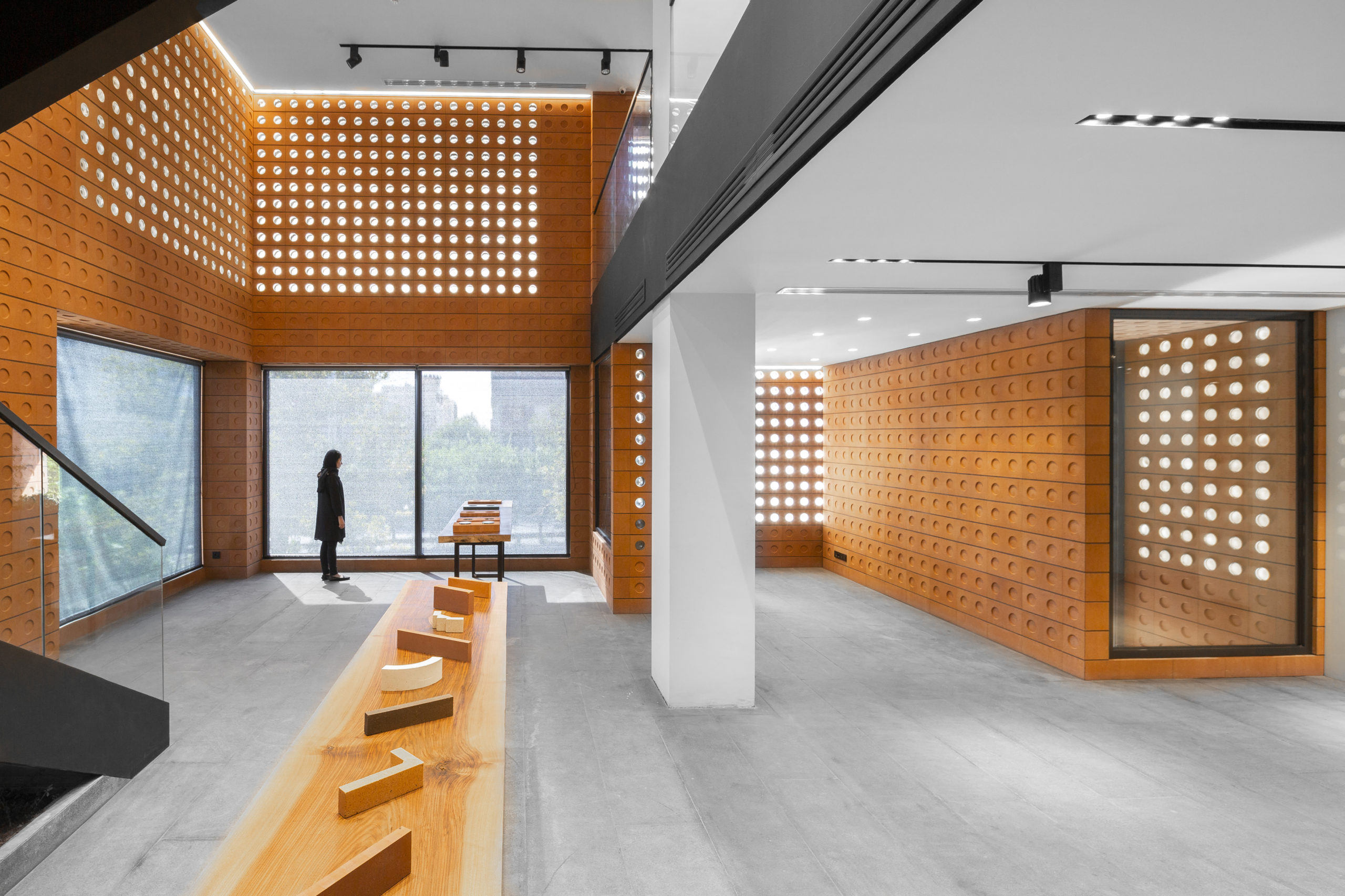The Influence of Technical Innovations on the Style Practices of Contemporary Architects
The fast advancement of technical devices has dramatically reshaped the design landscape for contemporary designers, fostering extraordinary levels of technology and sustainability. Checking out these dynamics reveals a nuanced interaction in between innovation and typical layout methods, triggering a better assessment of what the future holds for building techniques.
Advancement of Architectural Devices
How have architectural devices transformed the style and construction processes over the centuries? The development of architectural tools has dramatically influenced the effectiveness, precision, and imagination of design and construction.
With the introduction of the Renaissance, the introduction of the compass and the protractor noted an essential change. These devices made it possible for architects to accomplish greater precision in their designs, helping with the introduction of more elaborate and proportional buildings. The Industrial Transformation even more reinvented architectural experiment the introduction of mechanized tools and materials, enabling larger and much more enthusiastic tasks.
In the 20th century, the growth of computer-aided layout (CAD) software application transformed the landscape when again, giving engineers with extraordinary capacities in modeling and visualization. Today, progressed devices such as Structure Information Modeling (BIM) and parametric layout software application remain to press the limits of architectural innovation, making it possible for an extra incorporated approach to design and building procedures.
Boosted Partnership in Layout
As innovation remains to advance, boosted cooperation in style has come to be a keystone of contemporary architectural technique. The assimilation of electronic devices such as Structure Details Modeling (BIM), cloud-based platforms, and progressed visualization software program has actually transformed the means architects, designers, and stakeholders engage throughout the style process. These devices promote real-time communication, allowing groups to share concepts, alterations, and responses instantly, no matter geographical location.

Additionally, interdisciplinary collaboration has actually been streamlined via these technical developments, making it possible for designers to function extra carefully with other specialists, such as metropolitan planners and environmental experts. The result is an extra cohesive technique to create that takes into consideration numerous point of views and expertise. Inevitably, improved partnership in style is not merely a pattern; it is essential for developing cutting-edge, practical, and cosmetically pleasing design in an increasingly complicated world.

Sustainability Through Technology
Sustainability in style has progressively become intertwined with technical development, driving the market towards ecologically liable techniques. Contemporary designers are leveraging advanced innovations to lessen environmental impact while boosting the performance of buildings. cda architects. One prominent instance is making use of Building Information Modeling (BIM), which enables exact preparation and source allotment, he said lowering waste during building and construction and promoting energy efficiency throughout a building's lifecycle
Moreover, clever products and energy-efficient systems are being integrated into styles to maximize source use. Technologies such as photovoltaic or pv cells and environment-friendly roof harness renewable resource sources, adding to minimized carbon impacts. Furthermore, the application of man-made intelligence in layout processes allows architects to simulate and analyze power intake, leading decisions towards even more lasting end results.
The combination of sustainable innovations not only lines up with international ecological goals however additionally fulfills an increasing need from consumers for eco-friendly solutions. As engineers accept these innovations, the emphasis changes towards producing areas that are not only visually pleasing yet additionally functionally resource sustainable, thus redefining the standards of modern style. In this means, innovation works as a catalyst for sustainability, enabling designers to create buildings that respect and improve the natural setting.
Difficulties in Application
While technical developments in design hold excellent promise for enhancing sustainability, their execution often experiences significant obstacles. One main obstacle is the high discovering curve related to new technologies. Architects and construction specialists may need extensive training to efficiently make use of innovative software application and tools, which can postpone project timelines and raise prices.
Additionally, the integration of emerging innovations, such as Building Info Modeling (BIM) and sustainable products, frequently necessitates cooperation throughout multidisciplinary teams. This partnership can be impeded by differences in expertise, workflows, and communication styles, bring about possible conflicts and inefficiencies.

In addition, governing structures and building codes may not equal technological developments, creating obscurity and prospective compliance issues. This difficulty can discourage designers from totally accepting brand-new technologies, as the threat of non-compliance might outweigh the benefits. Therefore, dealing with these application difficulties is vital for the effective assimilation of technical developments in contemporary building practices.
Future Fads in Architecture
The obstacles related to the execution of brand-new modern technologies in style have actually triggered a reevaluation of future fads within the industry - cda architects. As architects browse problems such as sustainability, urbanization, and social equity, they are progressively embracing ingenious modern technologies to improve style effectiveness and ecological efficiency
One noticeable trend is the assimilation of expert system (AI) in the style procedure. AI devices can evaluate vast datasets to notify design decisions, boosting both creativity and functionality. Similarly, Structure Info Modeling (BIM) proceeds to advance, enabling real-time partnership among stakeholders and assisting in structured project administration.
Sustainable design practices are additionally gaining energy, with engineers focusing on flexible reuse and regenerative style principles that reduce resource intake and waste. The incorporation of smart materials and eco-friendly energy resources will certainly additionally improve the resilience of structures when faced with environment adjustment.
In addition, the surge of parametric style enables even more individualized and context-sensitive architectural options (cda architects). By harnessing these developments, architects are positioned to produce built settings that not just attend to the instant requirements of culture yet additionally anticipate future challenges, thereby redefining the duty of design in an ever-changing world
Verdict
Technical innovations have considerably reshaped building design practices, facilitating enhanced accuracy, collaboration, and sustainability. The combination of tools such as Building Details Modeling and parametric design software application, together with expert system and wise products, encourages architects to address intricate you can check here obstacles better. While implementation might provide certain barriers, the ongoing evolution of these technologies promises to drive advancement in design. Future patterns will likely further stress sustainability and efficiency, eventually redefining the built environment.